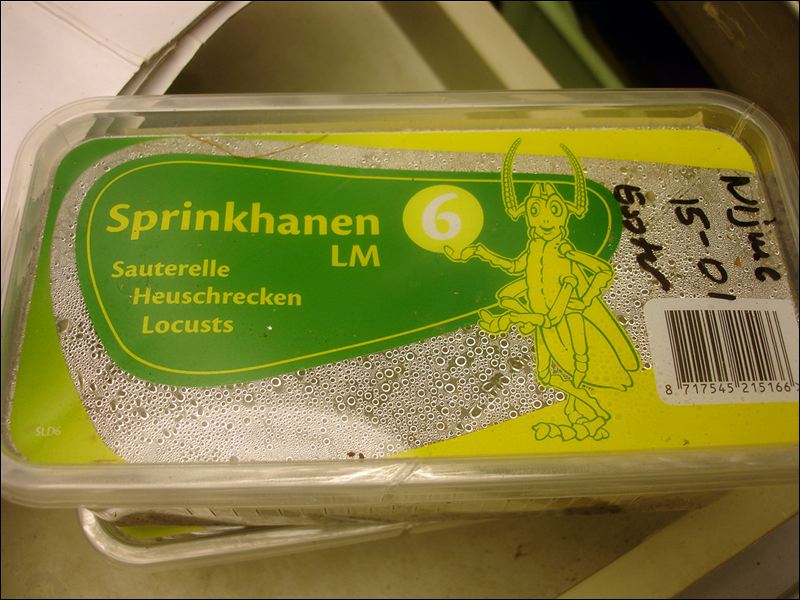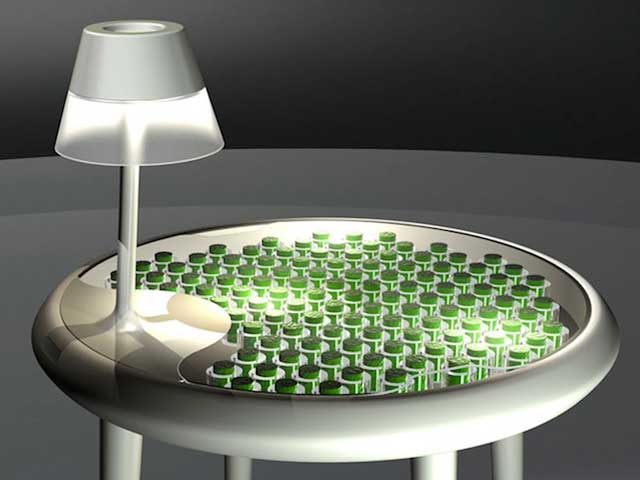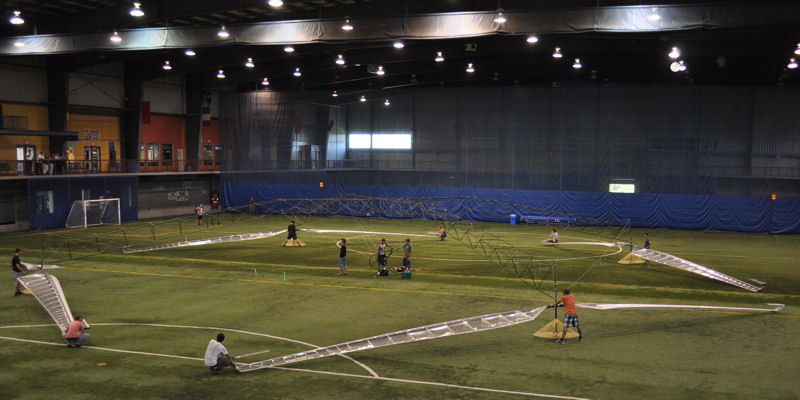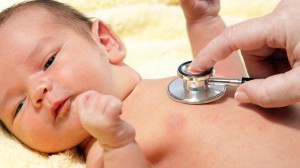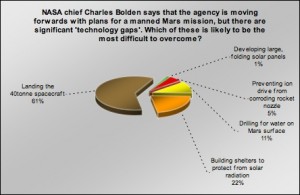This is my last posting for the next few days. I will be taking my office apart so that we can move to our new apartment downtown next Tuesday. I will be unplugged and disconnected except by tablet. Expect me to be back in the saddle before the end of next week probably in time to provide you with some more headlines. In the interim these are the stories I share with you this week:
- Innovating with Insects – What’s Next on Your Local Restaurant Menu;
- New Artificial Leaf Allows Scientists to Tap Plants as an Energy Source;
- Human-Powered Helicopter Prize Remains Unclaimed 33 Years After Offer;
- Not All Mutations in Congenital Heart Disease Are Inherited;
- Results of Landing on Mars Poll Indicates the Toughest Stage Will be the Landing.
Insects in Your Diet an Almost Certain Future
Today 2 billion humans supplement their daily diet with insects. Didn’t know that did you? The technical term for eating these creatures is entomophagy and a United Nations study outlines the benefits derived from this protein source as one way for humans to deal with forecast growth in our numbers over the next three decades. Some highlights from the report:
- The value of insects as a source of nutrition is largely dependent on the stage in life they are in when eaten. Insects typically go from egg to pupa to adult. So when to eat them is important? Eat at the wrong stage and you get squat.
- Insects are an excellent source of protein and nutrients when compared with meat and fish. They are high in fatty acids, rich in fiber, and their bodies contain copper, iron, magnesium, manganese, phosphorus, selenium and zinc. Dare I ask should we be mining these little fellows or eating them?
- There is a very low incidence of getting sick from eating insects unlike the case of zoonotic disease transmission from let’s say eating a mad cow.
-
Insect rearing can be economically advantageous and because they are small the capital expenditure to get the business going remains manageable for even the most economically disadvantaged.
- And if you can’t cultivate you can always readily catch them in the wild bringing a whole new meaning to hunter gatherer.
- And finally, you can do lots of things with insects. You can consume them whole, mash them up to make a paste, or grind them into a meal for use in baking and cooking.
So bon appetit!
This Story Gives A Whole New Meaning to the Words “Power Plants”
Researchers at the University of Georgia in Athens have published a paper in the journal Energy & Environmental Science, describing a method to interrupt photosynthesis to capture electrons before the plant uses them to create sugars. The technology separates thylakoids, a structure within plants responsible for capturing and storing energy from sunlight. They do this by manipulating the proteins within the thylakoids using carbon nanotubes which act like electrical conductors. This produces an electrical current. The field is bio-photovoltaics and we may see it used initially to power small remote sensors. But as the it improves we may see plant photosynthesis powering our appliances (see image below), our homes, cars and buildings.
Offer of $250,000 Prize for Human Powered Helicopter Flight Remains Unclaimed
The Igor I. Sikorsky Human Powered Helicopter Competition has been around since 1980. Set up by the American Helicopter Society the initial prize offered amounted to $20,000. Now 33 years later the pledge has grown to a quarter million U.S.
To win the money you have to build a human-powered helicopter that can takeoff from level ground, hover for one minute within a confined amount of space to show stability, and achieve 3 meters (approximately 10 feet) in altitude at some point during the flight.
The device has to be heavier-than-air so no helium or hydrogen balloons allowed. It must have a rotary wing configuration capable of vertical takeoff. It has to have at least one person on board for the entire flight including during initial rotor acceleration to obtain lift.
The device can have no additional assistance from technology that stores energy (no batteries) to enhance performance. Of course that doesn’t include the rotor used for lift or rotating devices that provide navigation and stability control. Nothing can be jettisoned from the craft during flight.
Last summer new rules were added to allow for a flywheel addition to the drive system as long as it is not used to transfer energy to the rotors.
Right now there are three teams chasing the prize. These include a team from University of Maryland, with Gamera II, the Upturn II from Cal Poly San Luis Obispo, and the Atlas (seen in the image below) from AeroVelo at University of Toronto.
New Study Reveals Non-Inherited Gene Mutations Responsible for Many Heart Defects
I have a particular and personal interest in this story because congenital heart disease (CHD) runs in my wife’s family history and after our daughter was born with a complex heart defect, we underwent genetic counseling that indicated we had a 6% chance of recurrence in a future child. So when I read about this latest study that states at least 10% of severe CHD occurrences come from mutations absent in parents, I was intrigued.
The research comes from Yale School of Medicine and was published on May 12 in Nature and implicates a common pathway involving several hundred genes that contribute to children being born with severe heart disease. The study involved studying 1,800 individuals and several hundred mutations. The study describes how proteins orchestrate the activation of genes in the developing fetus. Mutations in these genes then set off the incidents of CHD. The study also found some interesting overlaps with genes that caused CHD and autism. The researchers believe that what they have discovered is common pathways for many congenital diseases.
NASA Continues to Hype a Plan for a Human Mission to Mars – What Could Go Wrong?
In an online poll about going to Mars, conducted by The Engineer, a UK site focused on engineering job opportunities and industry news, results showed that more than 60% of respondents felt that landing would turn out to be the toughest of all the tasks. Other choices included building shelters to protect from radiation (22%), finding water (11%), preventing ion rocket failure over the duration of the flight (5%), and developing lightweight, folding photovoltaics to provide energy (1%).
The NASA plan for Mars recognizes that all of the concerns described in the poll represent hurdles to overcome. But by far the biggest is getting a human occupied spacecraft from Earth to Mars through Deep Space while ensuring the voyagers within are sufficiently protected from both cosmic rays and any other dangers they may encounter along the way. Current technology that can successfully put a robot like Curiosity on the planet doesn’t meet these challenges. The propulsion systems in current use mean a human voyage to Mars would take up to six months. Closed environment technology for sustaining human life for that period of time has yet to be developed and tested here on Earth. And so far any landings on Mars have always been a one-way trip. Although Mars One may intend one way trips for its human voyagers that is not in the cards for NASA.
A Postscript
So that’s the headlines I chose to share this week. I hope you found them interesting and as always look for your questions and comments. I should be back talking about our technological and scientific progress in the 21st century before next Friday, so expect to see some fresh headline stories then.
As always, thanks for dropping by.
– Len Rosen
